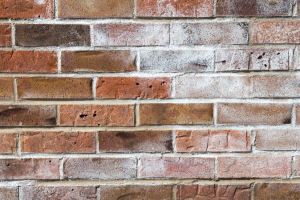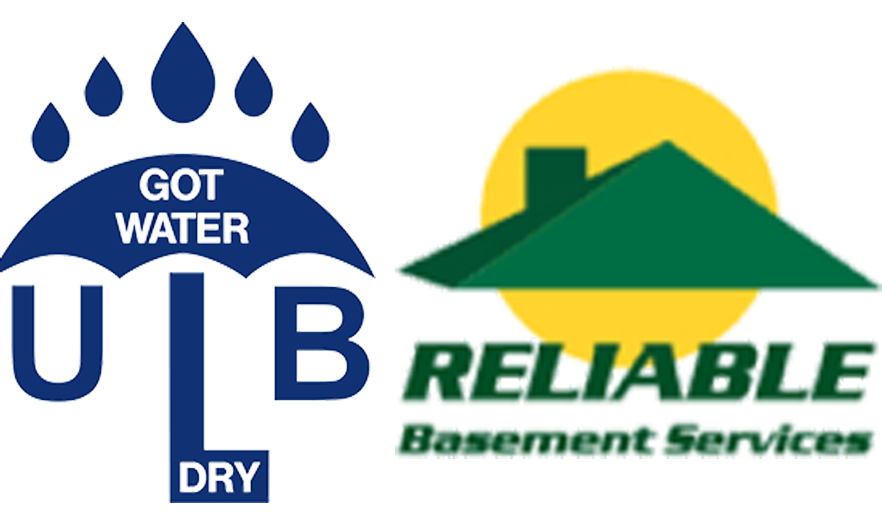Nothing wreaks havoc on a Naperville, Illinois basement quite like moisture. As water seeps through basement walls, it’s bound to create a number of problems. For instance, in the short-term, mold growth is common. In the long-term, efflorescence is a problem you should be on the lookout for.
The question you may have now is, “what is efflorescence?” You’re about to find out. In this blog post, we will not only tell you what efflorescence is, but how to get rid of it as well.
What is Efflorescence?

Have you ever noticed a white, chalky substance on a concrete or brick wall? If so, you were more than likely looking at efflorescence.
Efflorescence is, to put it simply, crystallized salt. Where does this salt come from? In most cases, it comes from the concrete or the brick itself.
Over time, as water slowly causes brick or concrete to deteriorate, it pushes the internal structure of the brick or concrete to the exterior. Because brick and concrete walls contain salts, these salts end up making their way to the surface. Thus, efflorescence presents itself.
Efflorescence isn’t just an aesthetic issue, but it’s the symptom of a bigger and more troubling issue: moisture inundation. Efflorescence on walls indicates that the walls are letting moisture through. This, in turn, indicates potential water and foundation damage. This is why it’s so important to eliminate the root of the efflorescence.
How to Get Rid of Efflorescence
There are both short-term and long-term solutions for doing away with efflorescence. While it’s recommended that you choose a long-term solution, you are, of course, more than welcome to opt for a short-term solution.
To remove efflorescence from your basement walls, you can perform the following:
Scrub it Off with a Brush
If you’re only dealing with trace amounts of efflorescence, you could easily scrub it off with soap, water, and a hard-thistle brush. Just scrub as if you were washing a plate or a bowl, and the salt deposits should come right off.
Please note, however, that this is just a short-term solution.
Power Wash It
If the efflorescence on your walls is particularly thick, you’re probably going to have to resort to more extreme measures. One measure that you might decide to take is to power wash your wall. Power washers will remove efflorescence with ease, allowing you to complete the cleaning process in just a short time.
Once again, this is only a short-term solution.
Wash it With Vinegar
Another way to remove particularly thick deposits of efflorescence is by washing them away with vinegar. The acidic qualities of vinegar make it great for eliminating hard-to-remove residue. Mix it with some water, splash it on your walls, give it some time to sit, and scrub it off with a brush.
Like the solutions presented above, this is a short-term solution that will not eliminate the root of the efflorescence.
Be Proactive by Waterproofing Your Basement
The only long-term solution for eliminating efflorescence from your basement walls is to waterproof your basement. Preventing moisture from seeping through your walls will stop efflorescence from forming, and will also help maintain the structural integrity of your home’s foundation.
There is a lot that goes into proper basement waterproofing, including sump pump installation, foundation crack repair, and drain tile installation. If you’re going to waterproof your basement, you would be wise to utilize the services of a basement waterproofing company.
Eliminate Efflorescence With the Use of a Naperville Basement Waterproofing Company
Looking to get rid of that efflorescence for good? If so, you would be wise to utilize the services of a basement waterproofing company. Are you in need of a basement waterproofing service in Naperville, Illinois? If so, ULB-DRY Waterproofing has you covered.
Our team of basement waterproofers is well-versed in all aspects of home waterproofing. Whether you need sump pump installation, drain tile installation, foundation crack repair, or otherwise, we can accommodate you.
Contact us today to get the process started!





